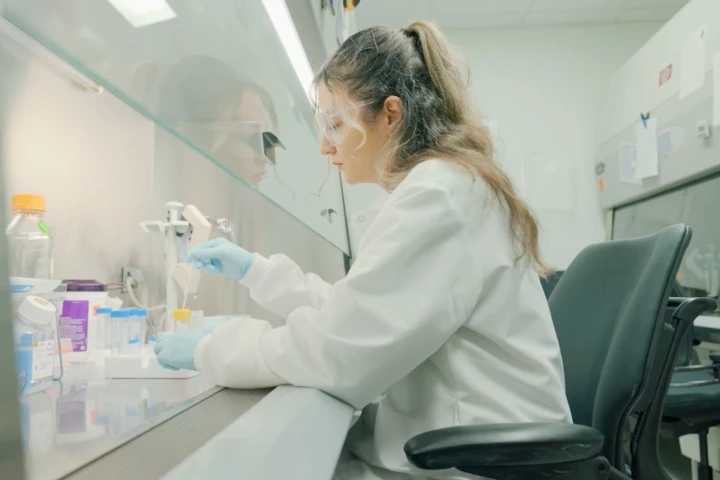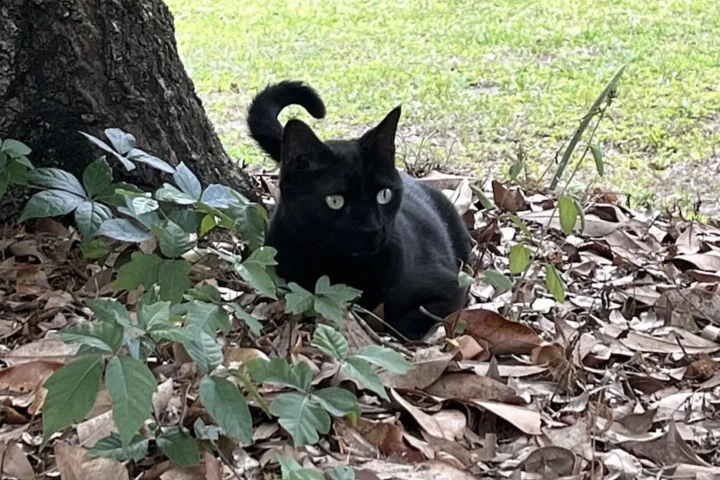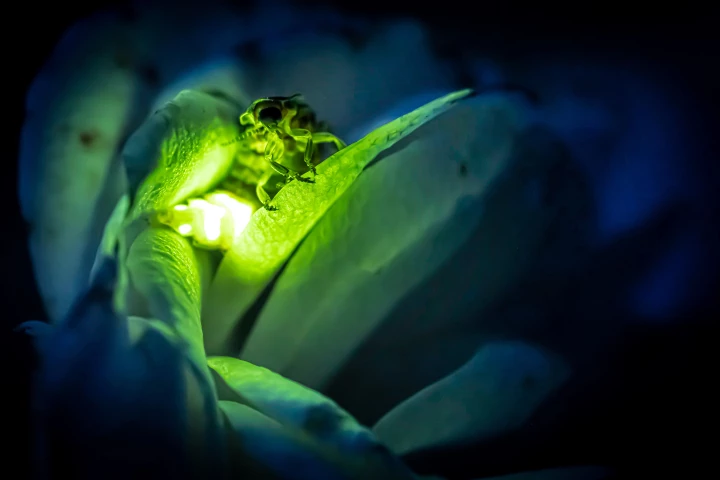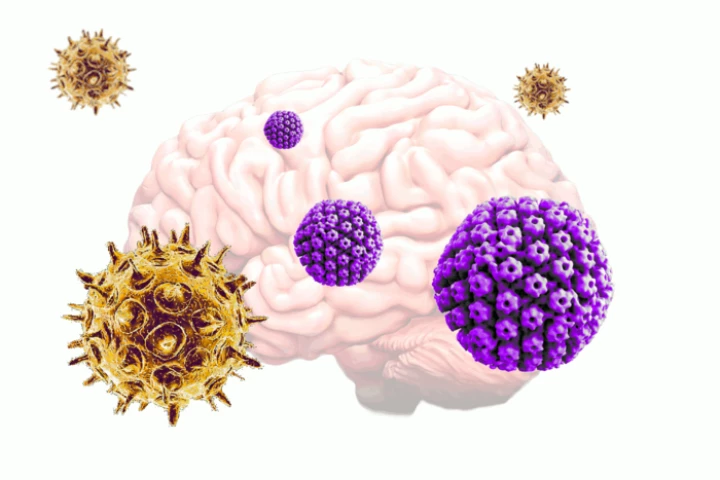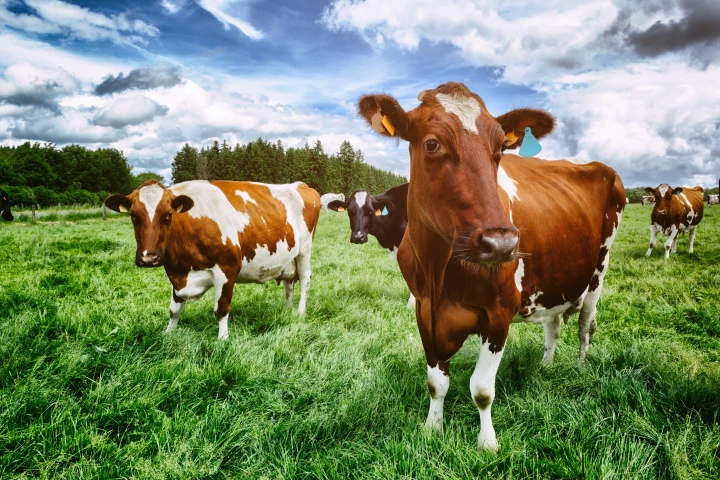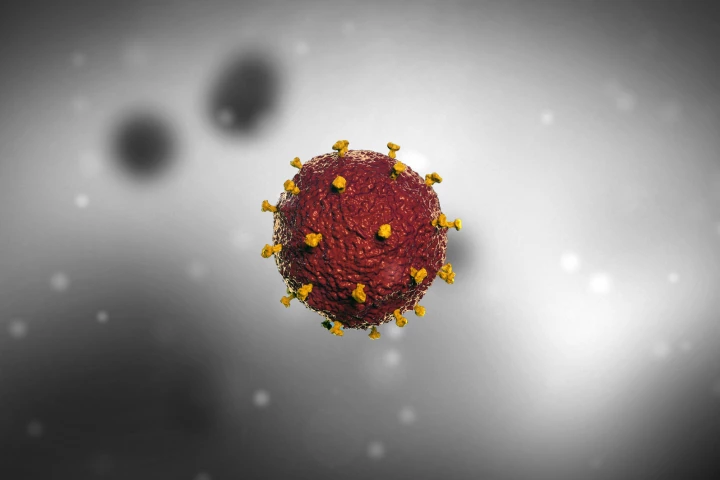Virus
-
An epidemic that's been sustained for 44 years might finally be quelled, with the milestone approval of the first HIV drug that offers 100% protection with its twice-yearly injections. It's a landmark achievement set to save millions of lives.
-
While it's estimated that millions worldwide suffer from chronic fatigue syndrome, a test for the condition still doesn't exist. That could be set to change with the release of a new study that finds the condition's fingerprint in the gut microbiome.
-
Black cats may be a symbol of bad luck in many Western societies, but one such sooty feline has brought good fortune to scientists, playing a key role in identifying a new virus that can infect humans. It's the second novel bug Pepper has hunted down.
-
Scientists have discovered 230 new giant viruses (girus) found to be the unseen engineers of marine ecology, impacting global carbon cycling and energy flow across the world’s oceans.
-
Humans have been getting infected by ancient bacteria and viruses for at least 37,000 years. Now, for the first time, pathogen DNA has uncovered a pivotal disease "turning point" that happened 6,500 years ago, which would forever change our lives.
-
Animals that produce their own light source, through an internal chemical reaction, are a true wonder of nature – and something biotechnology scientists have been working hard to replicate and adapt for human use. They've now made a huge breakthrough.
-
A fascinating 2022 study found two common viruses may be working in tandem to trigger the earliest stages of Alzheimer’s disease. The findings were just the beginning of an ever-growing body of evidence implicating viral infections in dementia.
-
HIV has become a more manageable condition in recent years, but a full cure remains elusive. Now, scientists have found promise in permanently eliminating the virus, thanks to a drug already approved by the FDA to fight cancer.
-
We all know that a balanced diet made up of unprocessed foods is a recipe for gut health, but scientists have now found just how one nutrient – fiber – can trigger a microbiotic chain reaction that shields the body from influenza and other viruses.
-
Scientists are again on high alert, as whole genome sequencing of the H5N1 virus has revealed that it is capable of multidirectional infections across species. While human risk is low, it's a step forward for the pathogen in this biological arm's race.
-
A twice-a-year injectable drug has been shown to be 100% effective in preventing the spread of HIV, according to the first data from a clinical trial. If approved, the drug offers another preventive option and puts us a step closer to eradicating HIV.
-
A group of volunteers in the UK let scientists put the SARS-CoV-2 virus up their noses for research investigating why some of us naturally avoid getting COVID-19. This first-of-its-kind study opens the door to better vaccines and treatments.
Load More

